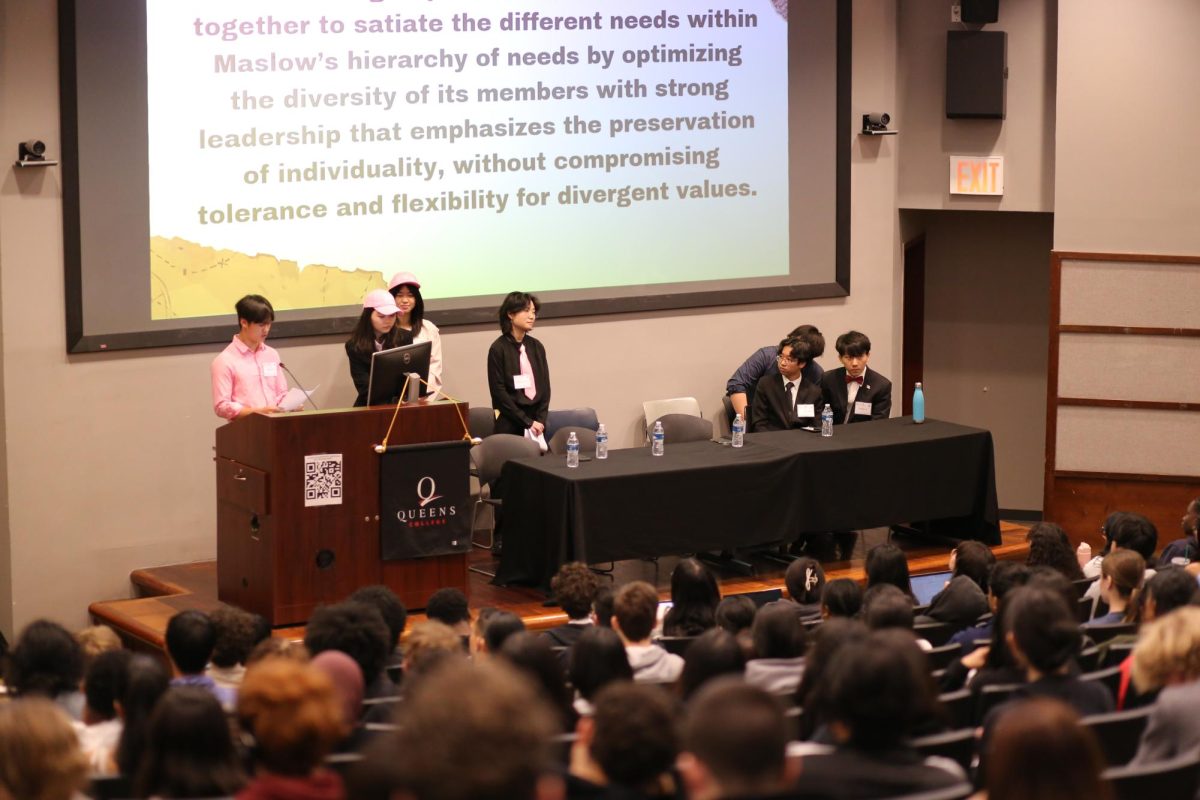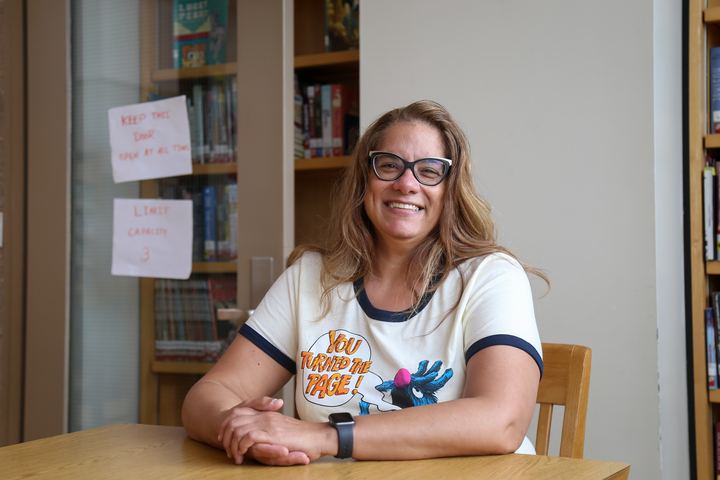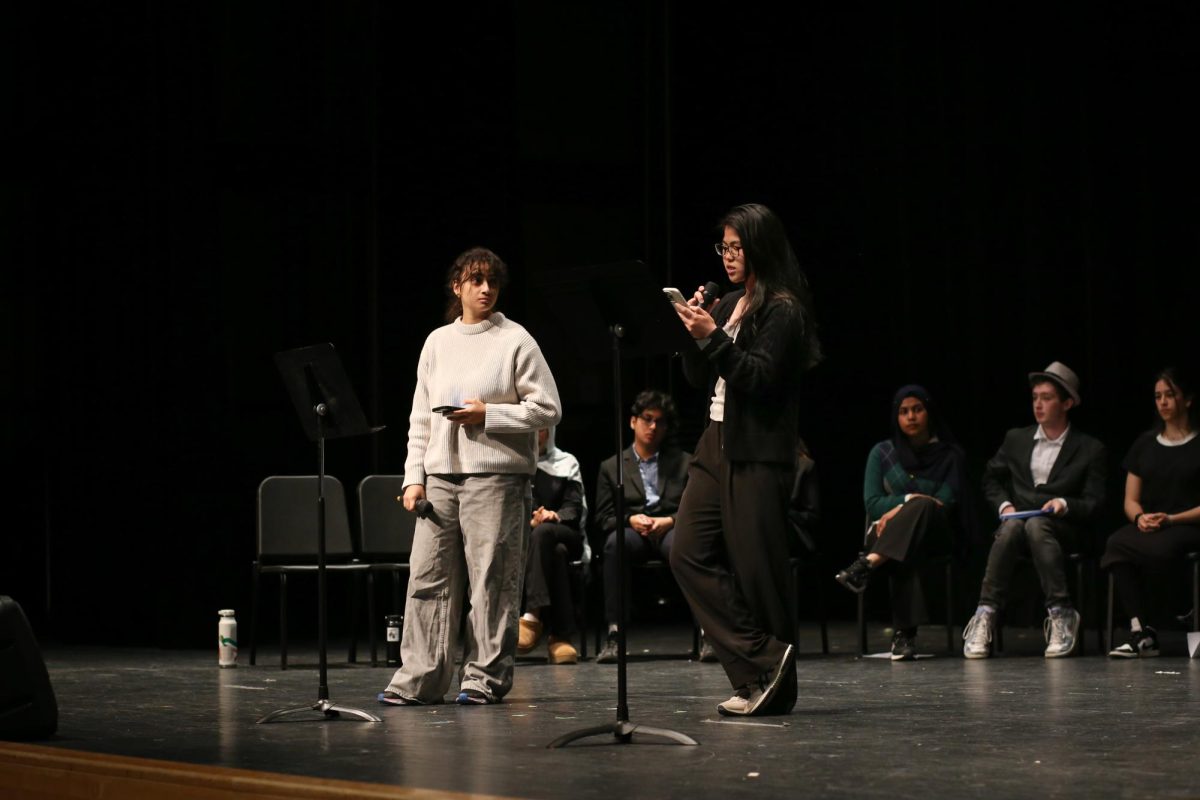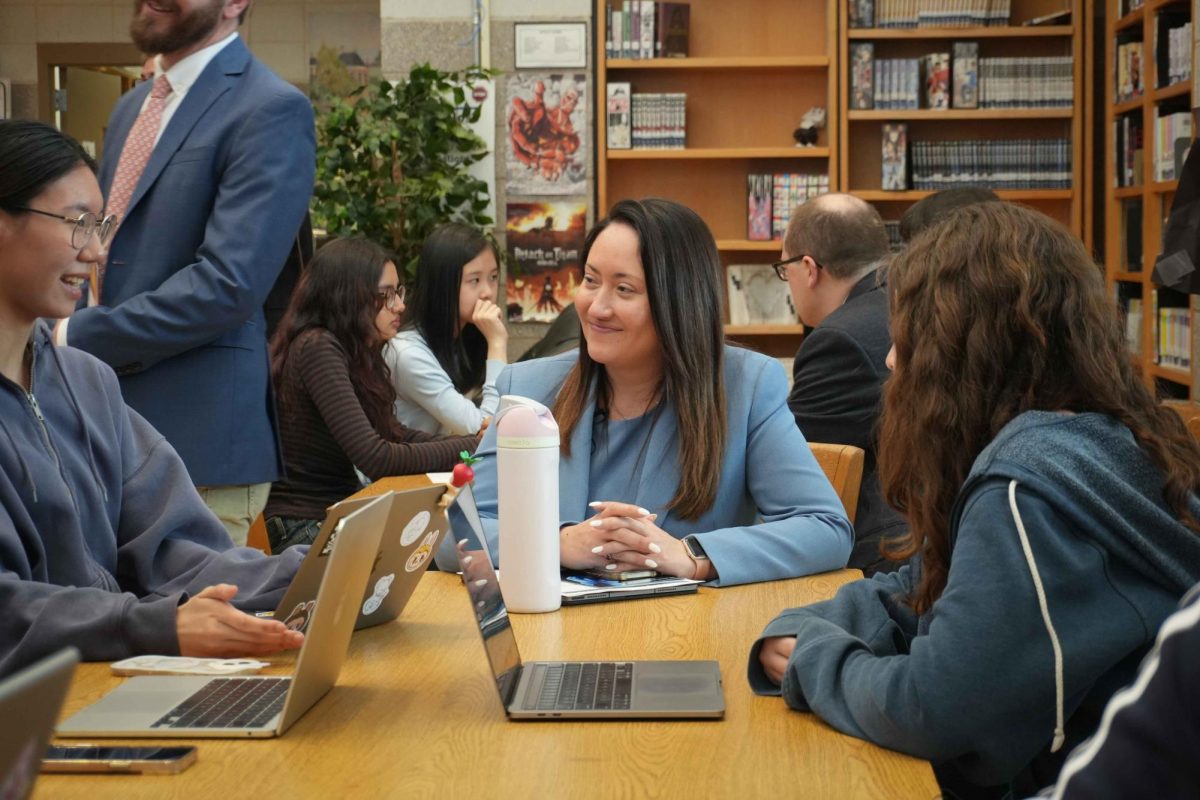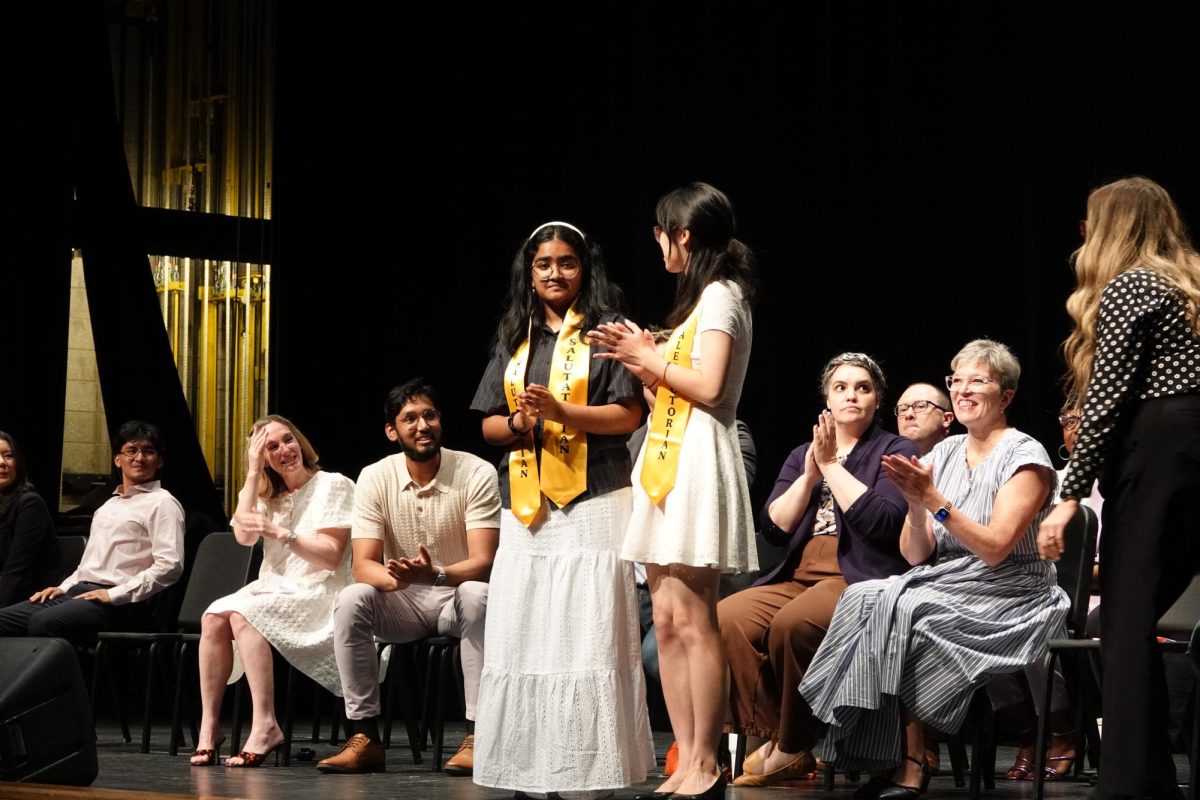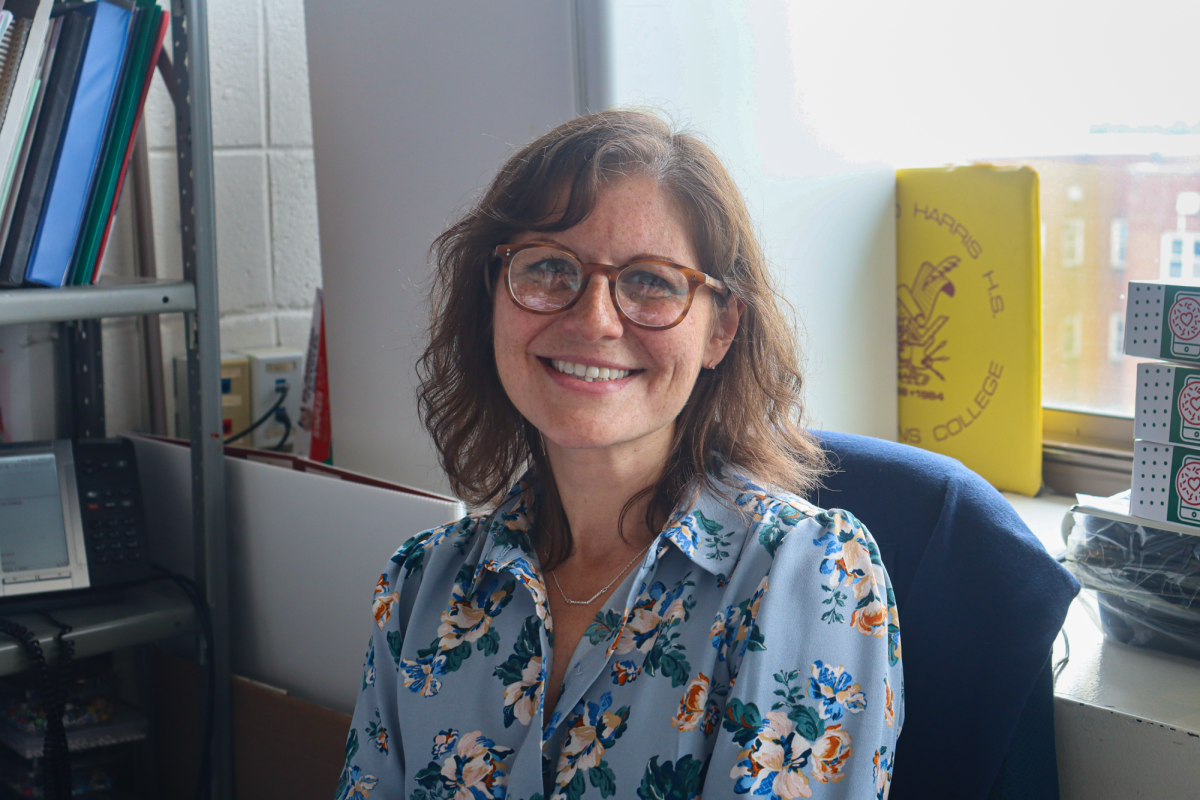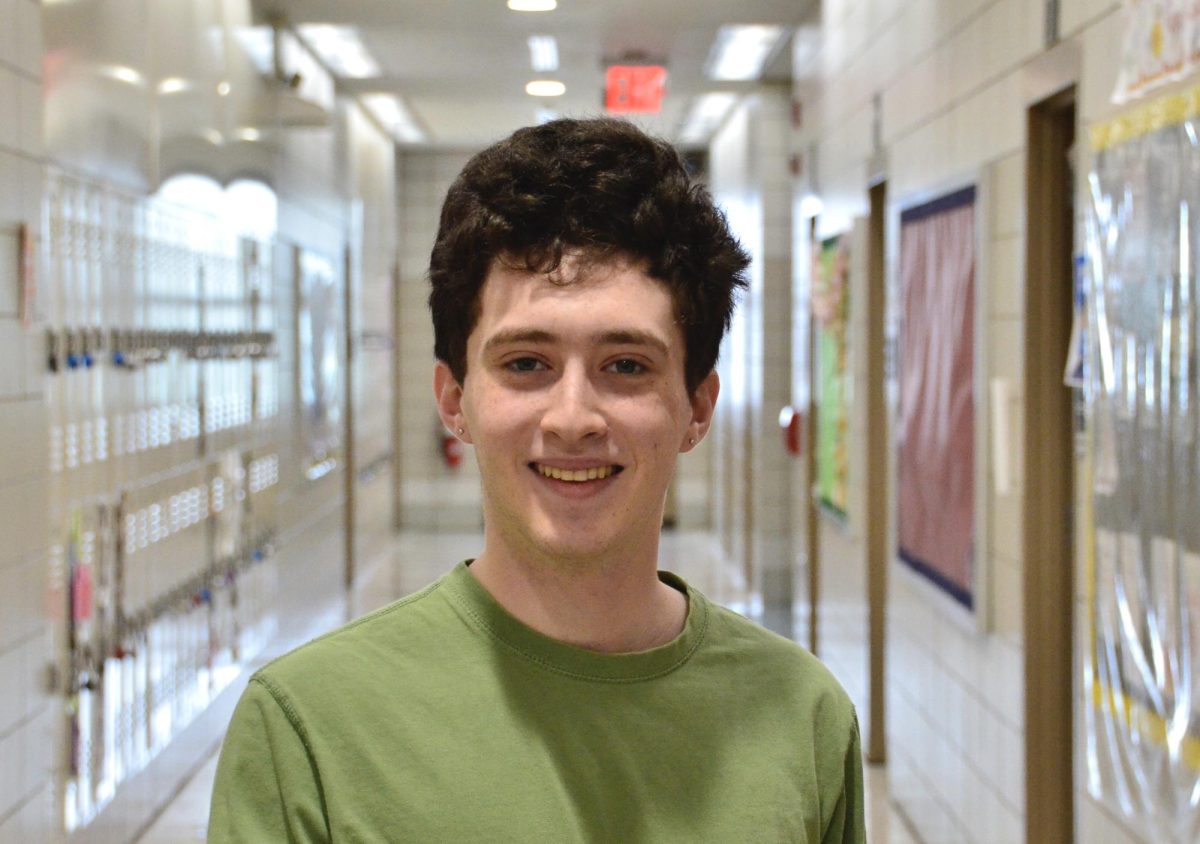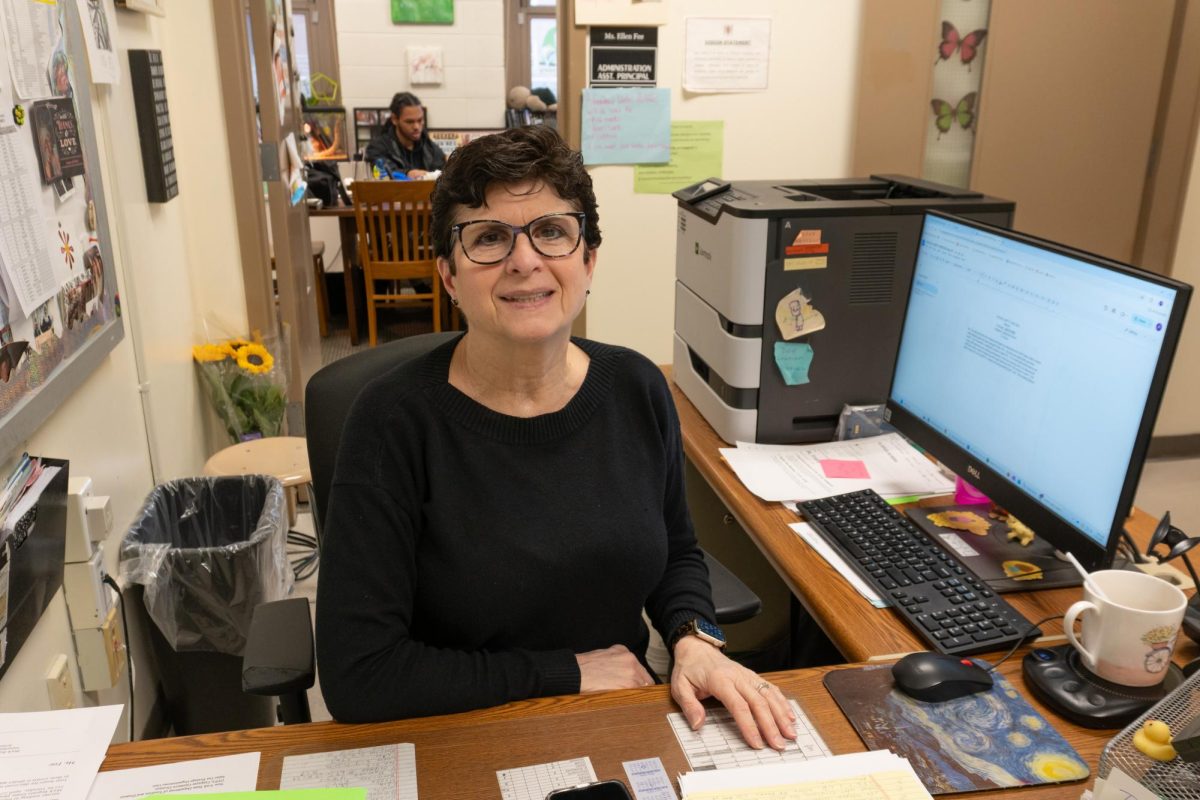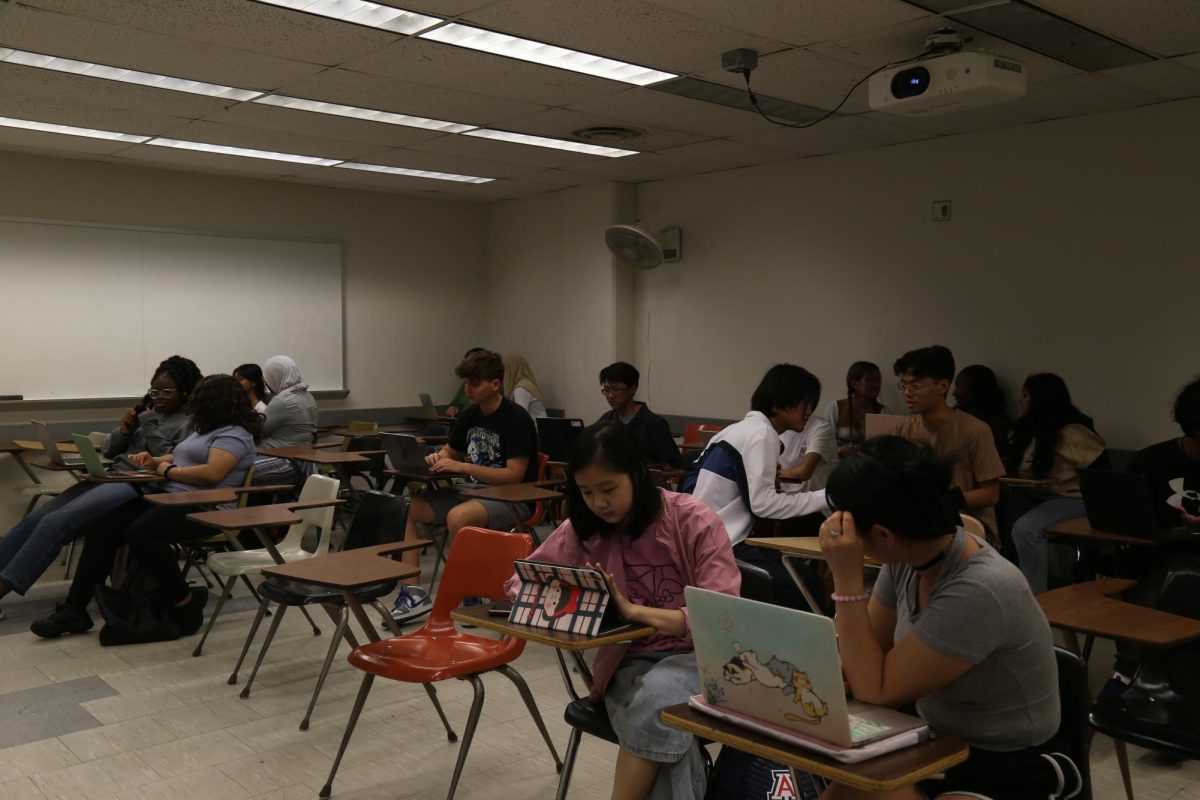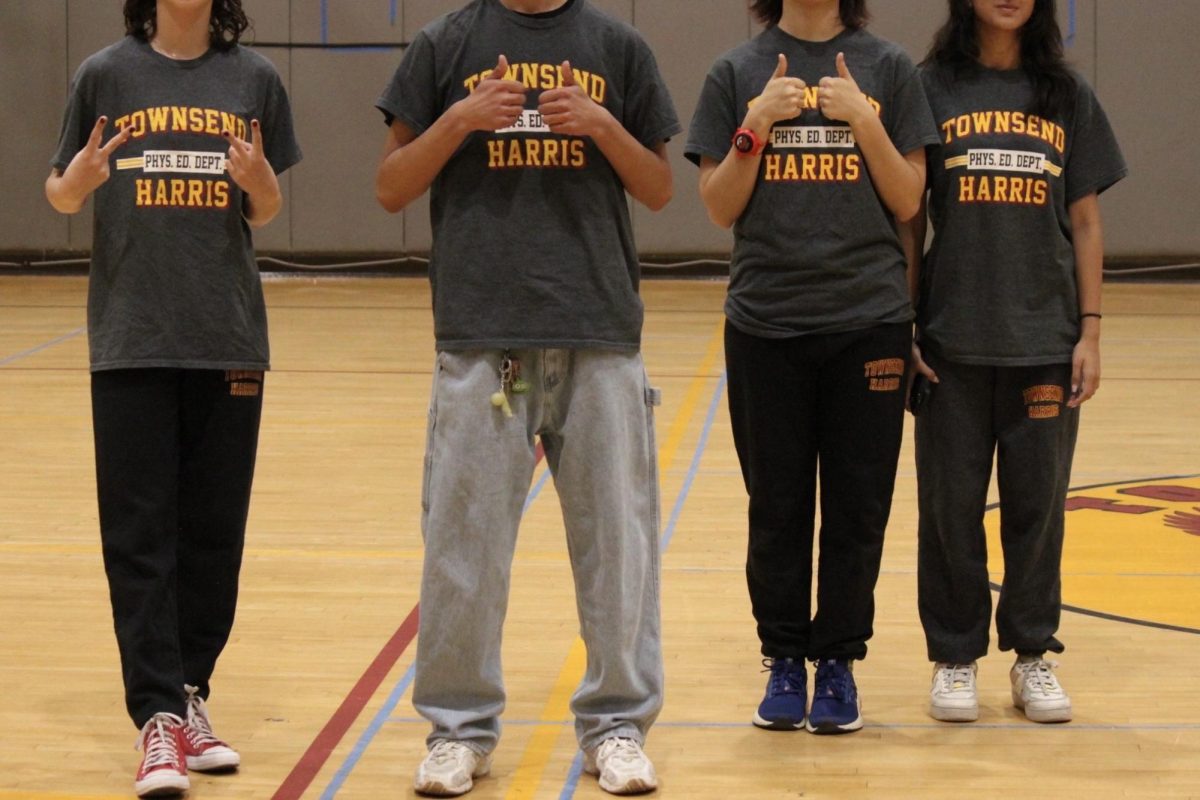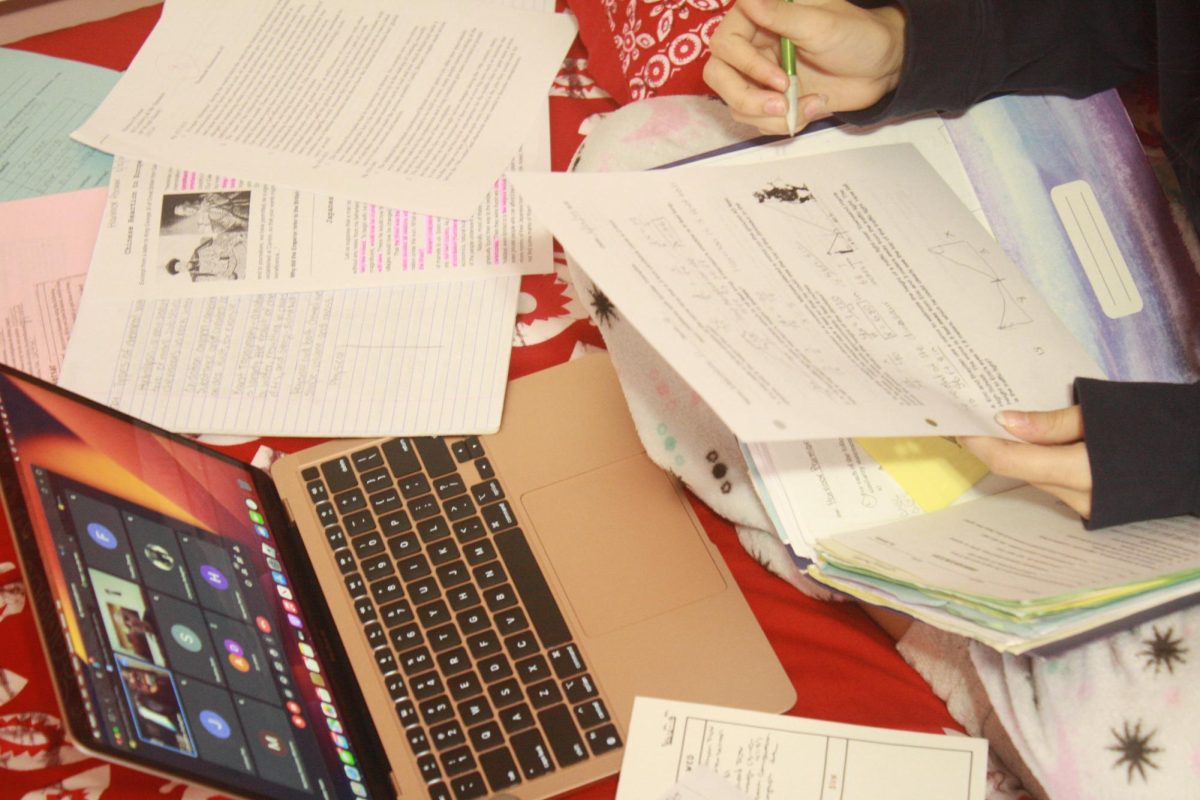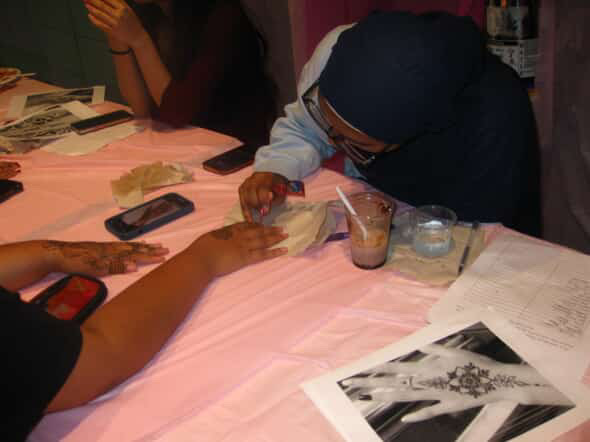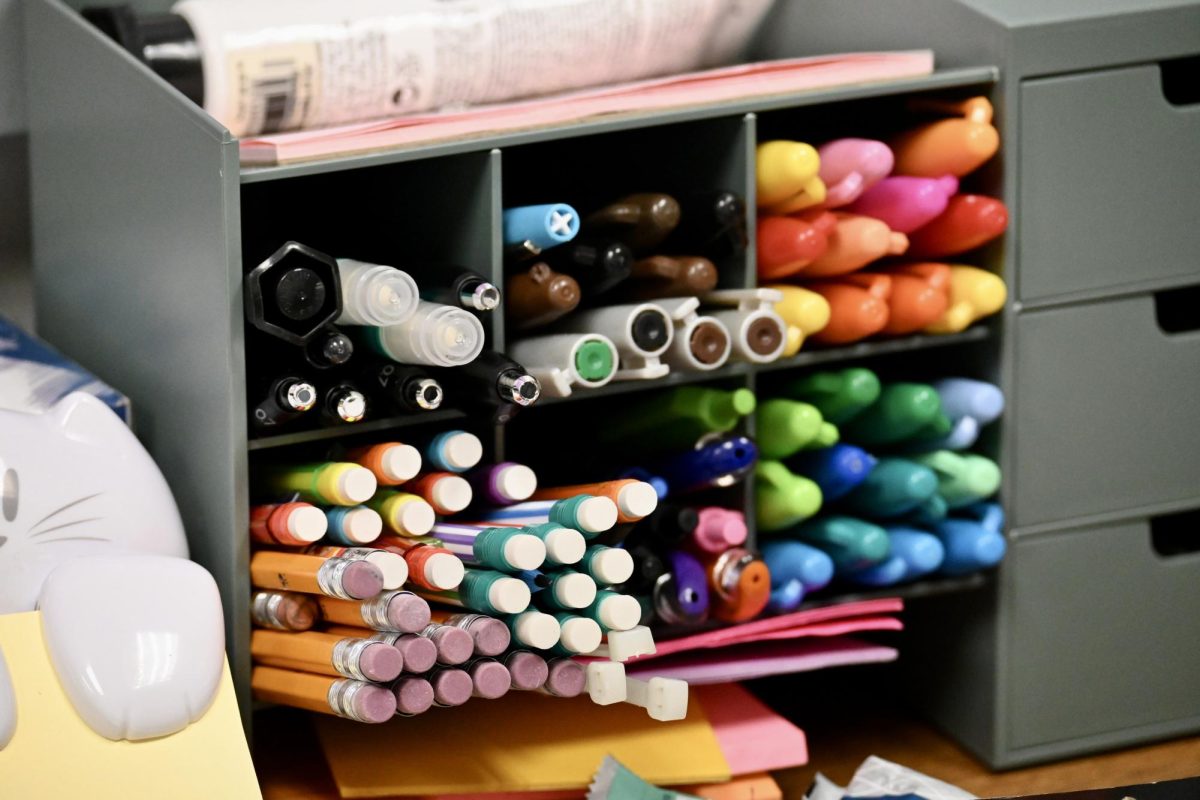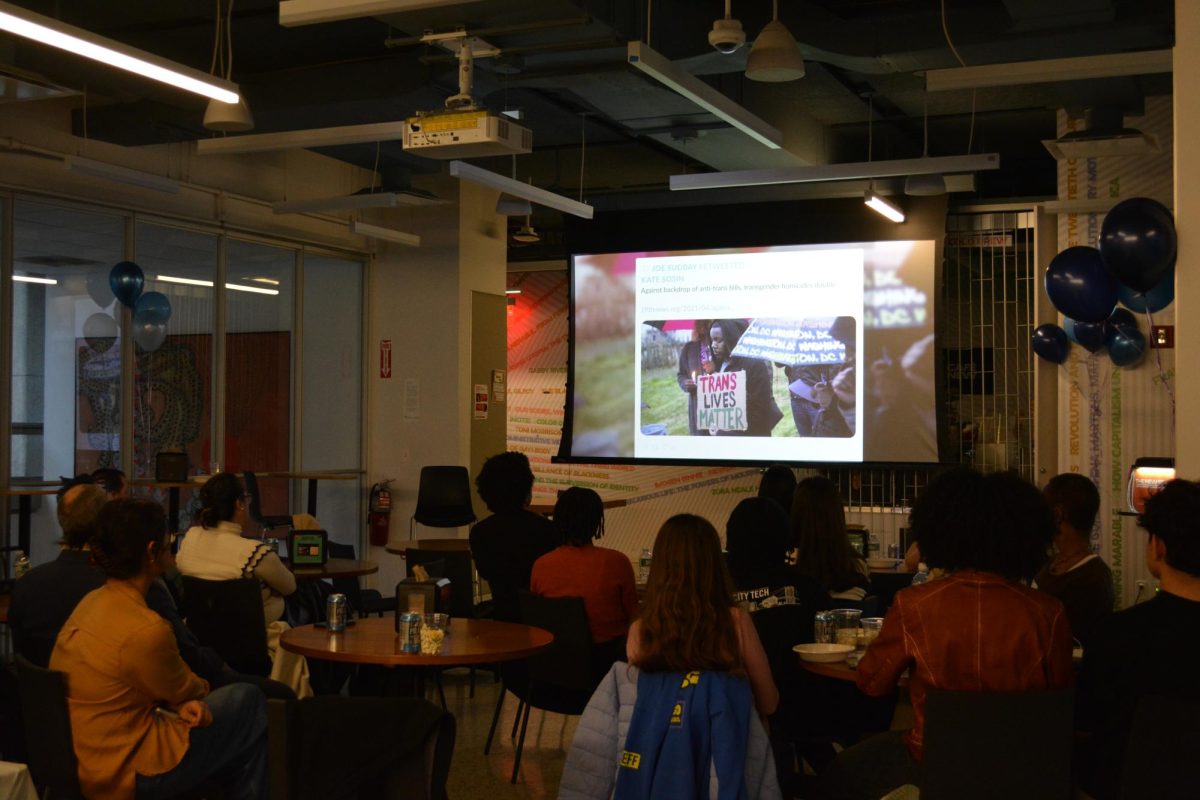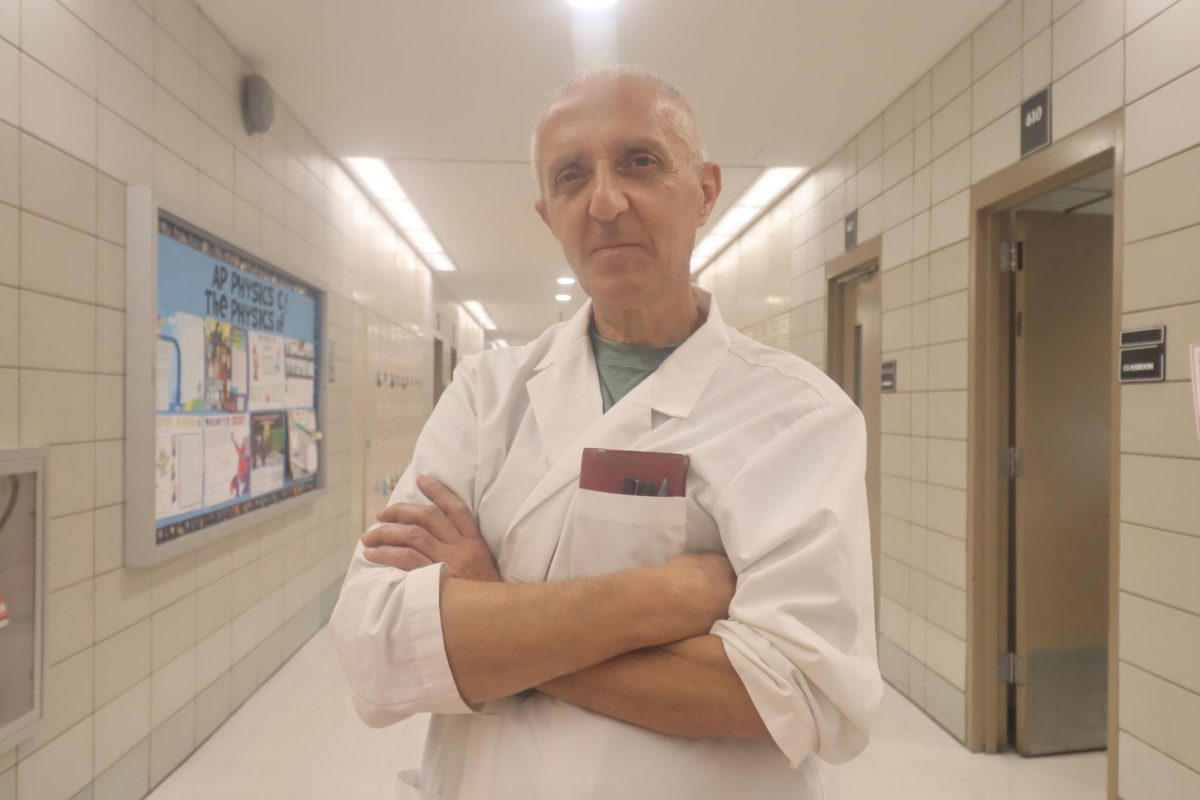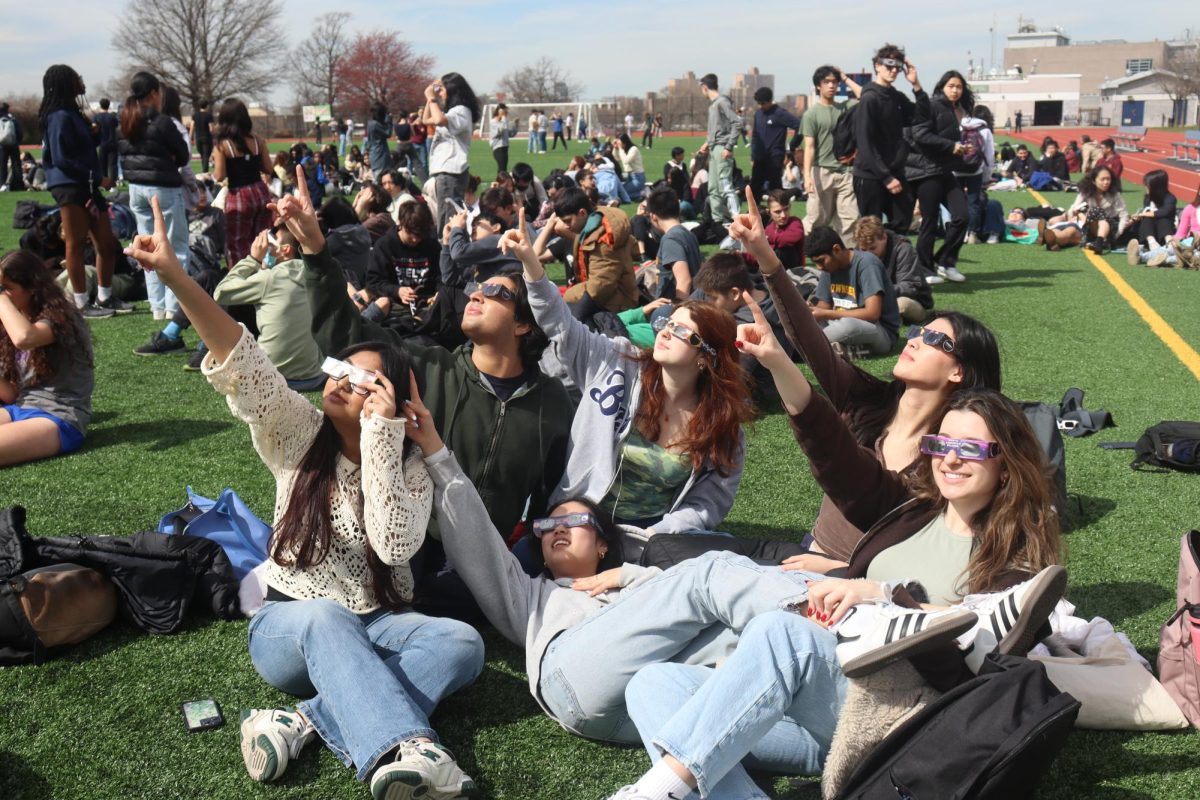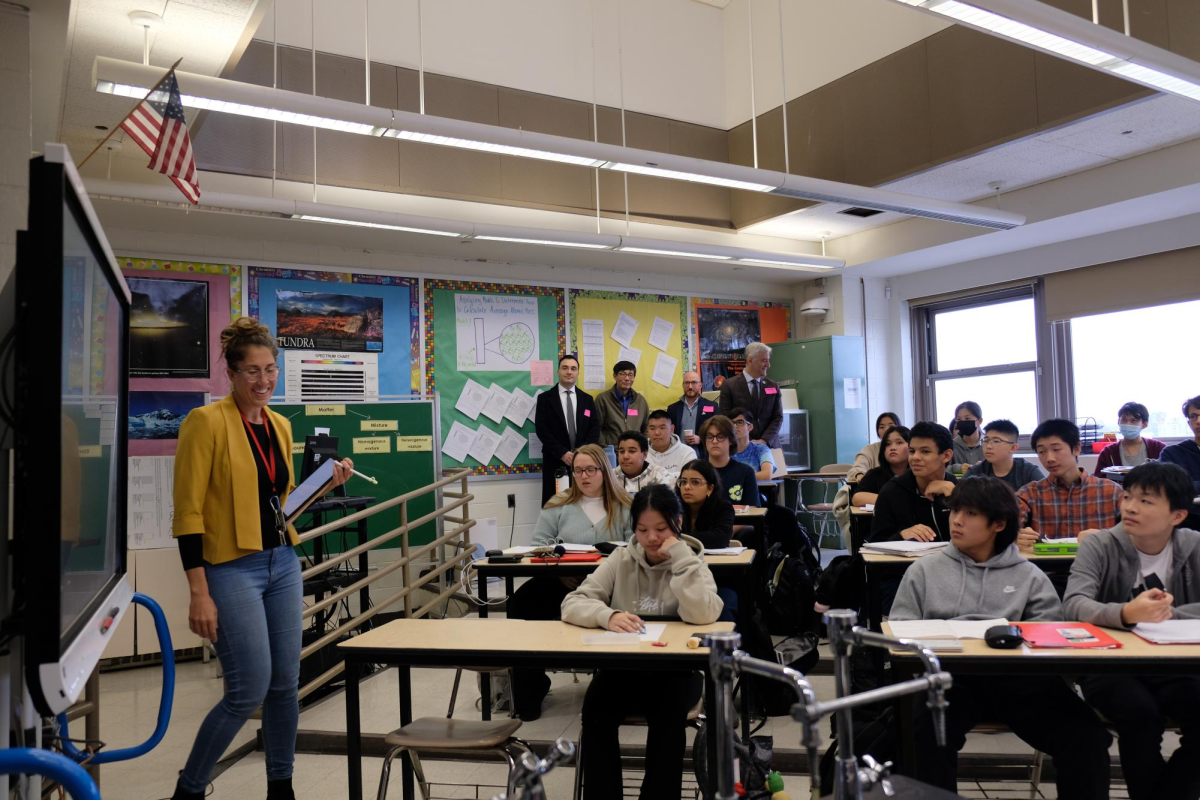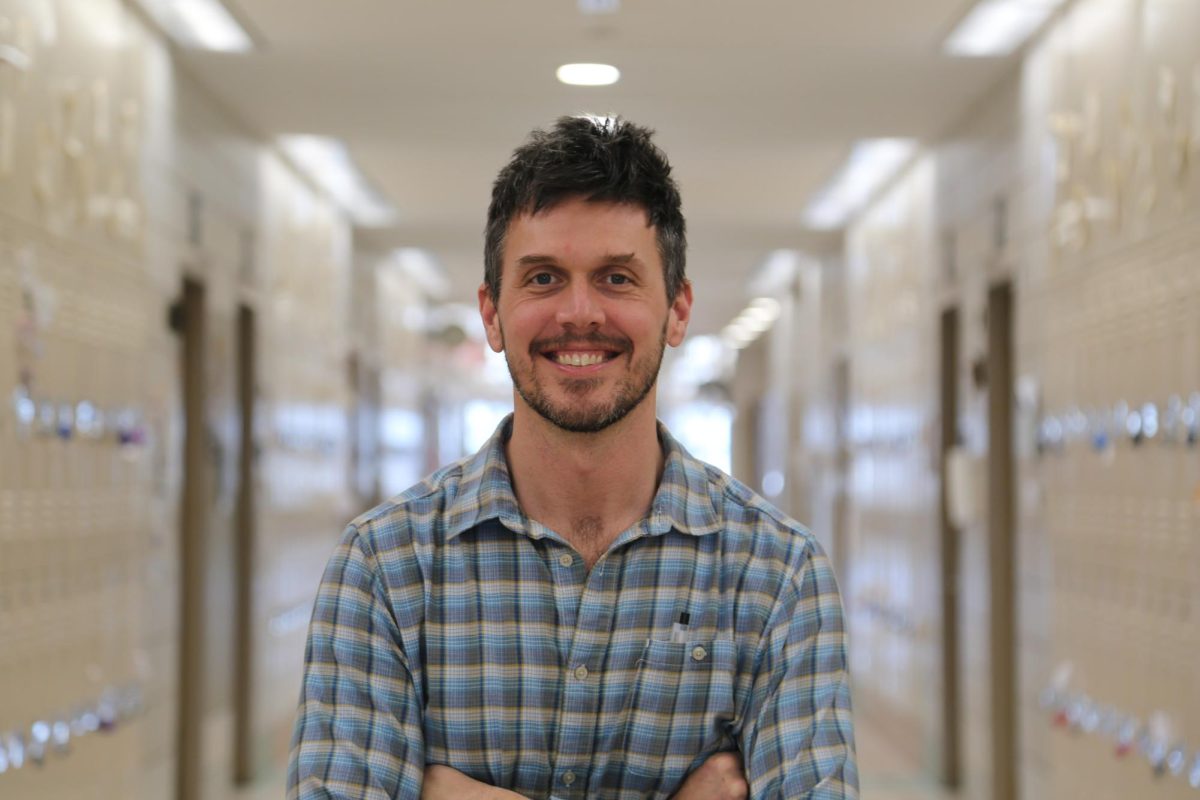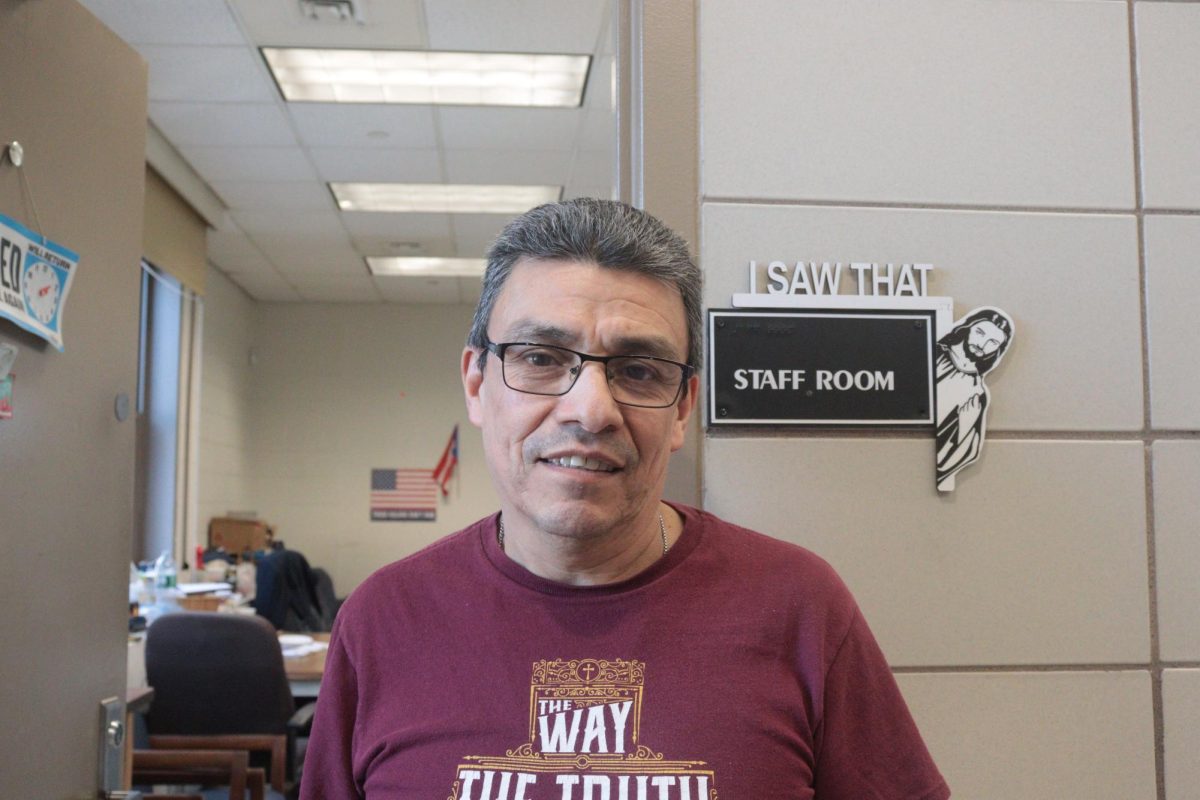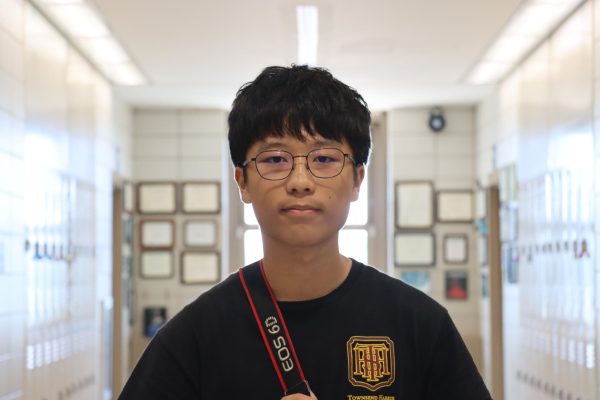
When a teacher is absent a substitute just seems to appear, somewhat magically. “I just never really thought about it [how it works],” said sophomore Madilyn Mercado. For students, the appearance of a substitute teacher is often a surprise (quite often a welcome one) that they discover the moment they walk into their classroom. However, the process begins well before school starts, even before zero band begins at 7:05AM.
“When I come in in the morning, I first have to establish who is not going to be in. So I determine who isn’t going to be out and how many subs I have to call,” said Mrs. Pamela Del Vecchio, Secretary to Assistant Principal of Organization, Ellen Fee. Mrs. Del Vecchio coordinates all substitute teachers at THHS and ensures that classes are covered when teachers are absent, working within the constraints of limited substitute availability.
Mrs. Del Vecchio is one of the first people to enter the school building each morning. Each day, there might be a list of people who she knows will be out (due to field trips and other out-of-school activities), but there’s also people who call in sick (some having left messages the night before and some who might call out that morning before school begins). Between the expected absences and the unexpected ones – and given that teachers usually teach five classes each – Mrs. Del Vecchio often has quite a few classes to cover.
“Sometimes I’m very limited because there isn’t much availability [from substitute teachers],” she said.
Linda Spiegel, a substitute teacher at THHS for the past 11 years, told The Classic that she no longer accepts calls from other schools after experiencing THHS. “It’s the only school where I’ll work,” said Ms. Spiegel. “The administration is very supportive. I’ve been in schools where they don’t realize that we’re doing them a service. […] I would have to say the administration is incredibly grateful and I’ve always been treated like a member of the faculty.”
Being a substitute teacher requires you to quickly adapt to classroom routines, interpret sometimes unclear lesson plans, and keep students engaged, even when no work for students is left by the teacher. “The biggest challenge was figuring out what the teacher wanted the students to do that period, and then making sure that the students were on the same page as the teacher,” said Joshua Krinsky, Social Studies teacher and a former substitute teacher at THHS.
Now, it is much simpler for substitute teachers as many teachers rely on Google Classroom to post work. “Before Google Classroom, we had to have a game of telephone with Mrs. Del Vecchio and you had to leave instructions for the teacher substituting,” said Jamie Baranoff, Social Studies teacher and COSA.
When a teacher does not leave work for students to complete, substitute teachers may face challenges in maintaining structure and engagement. Ms. Spiegel said, “my job is basically to keep good attendance records, control, and safety, and if there’s no assignment left by the teacher, it makes me kind of have to trust the kids’ maturity.”
While substitute shortages can present challenges, the coordination between teachers, substitutes, and Mrs. Del Vecchio helps keep the school running smoothly.
When there are not enough substitutes, other teachers have to step in to cover classes. Mrs. Del Vecchio said, “Whatever is left over after the subs, I have to do coverages. If there’s two teachers out that I don’t have subs for, I have to do almost ten coverages for just two teachers.”
This means that for each of those ten periods that lack a teacher, another member of the faculty will receive a “coverage” during a period that would normally be an off period for them. Since teachers have their own classes to teach and cannot be given multiple coverages a day (because of workplace rules requiring a certain amount of break time), multiple teachers might have to get asked to handle a “coverage” for another class that day.
Though the system is complicated and can pose unique challenges each day, THHS has managed to avoid combining multiple classes into one or leaving students without supervision, according to people who have had different experiences in other schools.
“I’ve worked in schools where we didn’t have enough subs and had to combine two classes,” said Blayne Gelbman, Social Studies teacher and Senior Advisor. “I’ve [covered] classes with about 60 kids, but at least they’re supervised.”
He said that in his experience at THHS, such experiences are not common.
“Townsend isn’t like that,” he said. “It works.”

